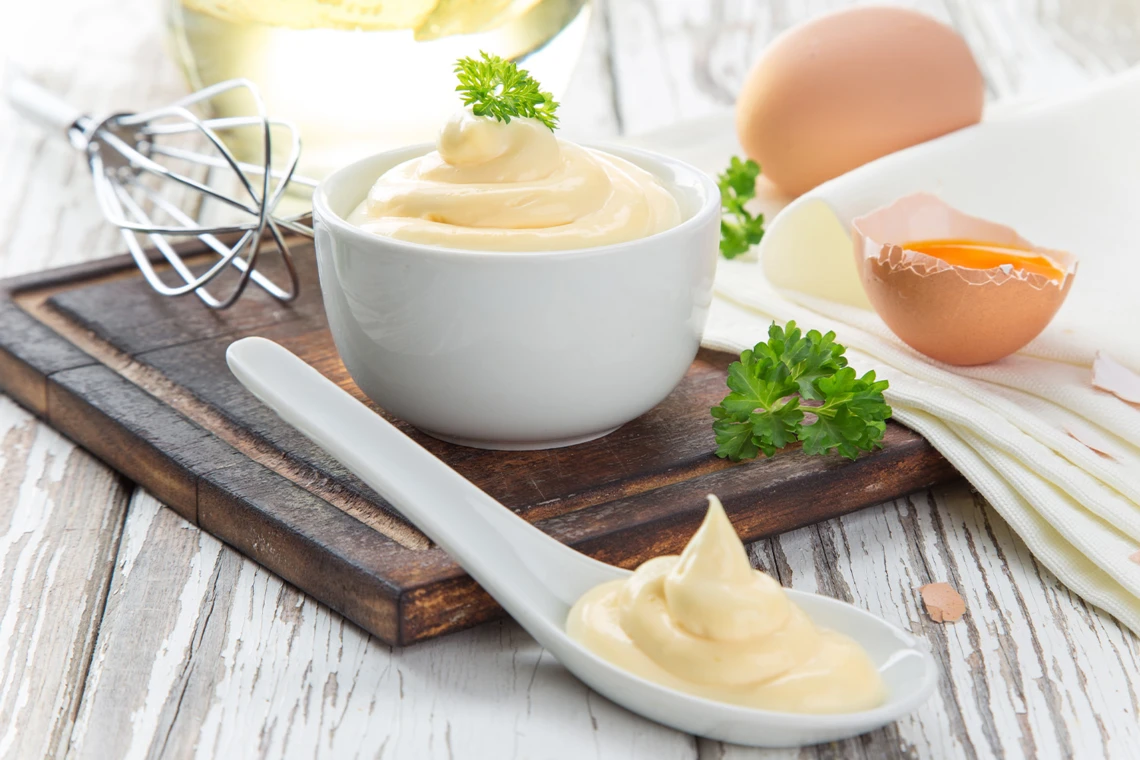Mayonaise production
Introduction
This business plan outlines the steps to start a mayonnaise production business. The business will produce high-quality mayonnaise for sale to retailers, wholesalers, and foodservice companies. The business will operate a small-scale production facility and focus on producing premium mayonnaise products using locally sourced ingredients. The target market will be foodservice companies and gourmet retailers looking for high-quality mayonnaise products.

Business Description:
The mayonnaise production business will be located in a small-scale production facility with adequate space for production, storage, and distribution. The business will source high-quality ingredients, including fresh eggs, oil, and vinegar, from local suppliers. The production process will involve mixing and blending of the ingredients, followed by pasteurization and packaging.
Market Analysis:
The target market for the business will be foodservice companies, gourmet retailers, and specialty food stores. This market segment has a high demand for premium-quality mayonnaise products. The business will focus on providing high-quality, locally sourced products at competitive prices to attract and retain customers.
Marketing and Sales:
The business will use various marketing strategies to attract and retain customers. These will include advertising in local food publications and participating in food trade shows. The business will also create an online presence through a website and social media accounts. The primary sales channels will be direct sales to foodservice companies and retailers, with the possibility of selling through distributors.
Management and Staffing:
The business will be owned and managed by the founder, who has experience in the food industry. Additional staff will be hired as needed, including production workers, sales representatives, and administrative staff.
Financial Projections:
The initial startup costs for the business will include the purchase of production equipment, leasing of the production facility, and initial raw material inventory. The business will need to generate sufficient revenue to cover ongoing operating costs, including labor, raw materials, and overhead. The business will also need to generate a profit to reinvest in the business and provide a return on investment to the owner.
Conclusion:
The mayonnaise production business plan outlines a viable business opportunity for producing high-quality mayonnaise products. The business will focus on providing locally sourced, premium-quality products to the us foodservice and retail markets. The business will require careful planning, attention to detail, and effective marketing and sales strategies to succeed.
Here is a sample income statement (profit and loss statement) for the mayonnaise production business for the first year of operation:
| Year 1 | |
| Revenue | $500,000 |
| Cost of Goods Sold | $200,000 |
| Gross Profit | $300,000 |
| Operating Expenses | |
| Labor | $75,000 |
| Rent | $24,000 |
| Utilities | $6,000 |
| Marketing | $20,000 |
| Other Expenses | $15,000 |
| Total Operating Expenses | $140,000 |
| Net Profit | $160,000 |
This income statement assumes that the business generates $500,000 in revenue in its first year of operation, with a cost of goods sold (COGS) of $200,000. This results in a gross profit of $300,000. Operating expenses for the year total $140,000, leaving a net profit of $160,000 for the year.
It’s important to note that these figures are hypothetical and will depend on the specific details of the business, such as production costs, pricing, and sales volume. Additionally, the first year of operation is often the most difficult for a new business, as it may take time to build a customer base and establish efficient production and sales processes. As such, it’s important to regularly review and adjust financial projections as needed to ensure the business is on track for success







